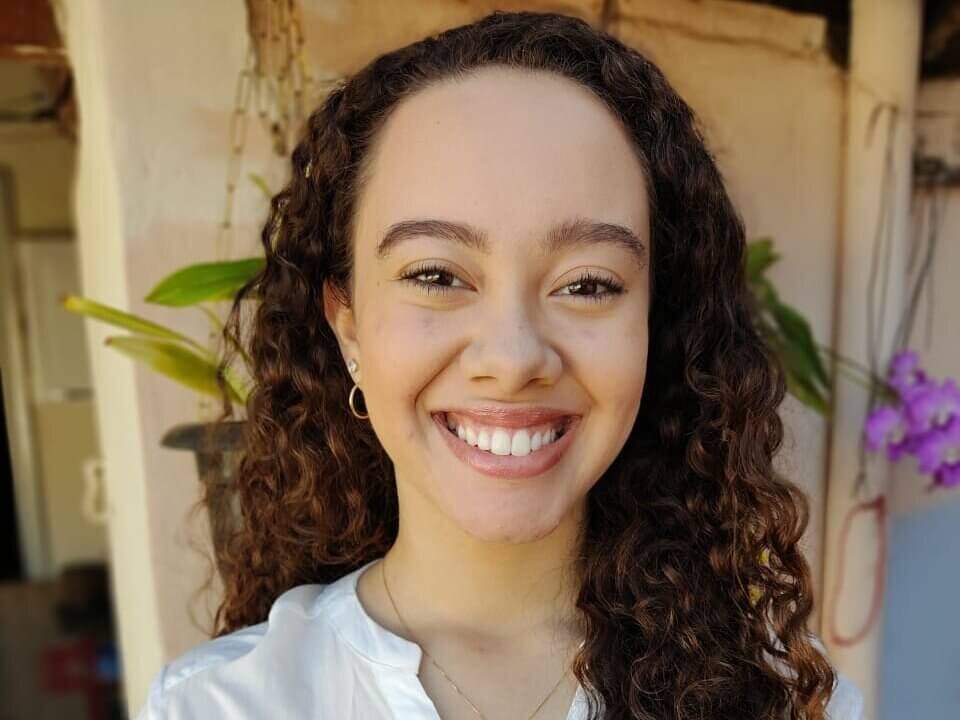Schools need to stop erasing women from our history classes
(Courtesy of Isabela Paulino Assis)
17-year-old Brazilian student Isabela Paulino writes about what she wishes she had learned about the contributions of women in history.
What do your textbooks tell you about women in history? Because mine tell me very little about them and their contributions to our society.
I grew up attending private schools in São Paulo state in Brazil where I learned about many men who led revolutions, made scientific discoveries and changed the world. But I can think of only a handful of times in my classes that I learned about women in history. I would like to see that changed. This is not about valuing women's ideas more than men's, but giving the same value to both.
Women have contributed so much to our society, but we never learn about them in school. For example, if you are Brazilian, you probably studied in schoolbooks about Zumbi dos Palmares, the quilombola leader who became the leader of the Quilombo dos Palmares and coordinated the Black resistance against White settlers. But did you know his wife, Dandara, also worked for the emancipation of enslaved people? She fought capoeira, took care of quilombo agriculture and trained other quilombolas to fight and she was a resistance force against enslavement. Your country probably has several Dandaras like mine that your classes don’t teach you about.
You may have studied male scientists in your classes and yes, they helped advance science. But Graziela Maciel Barroso, a Brazilian scientist, also contributed a lot in the field of botany and biology, developing the reference book “Systematics of Angiosperms in Brazil,” which scientists use around the world. Graziela is also considered to be one of the greatest taxonomists in Brazil, because of her work identifying many species of plants. She's a great role model for girls looking to pursue a career in science.
Our schools also need to teach us about Nísia Floresta, a Brazilian feminist activist who fought for girls’ education. She founded Colégio Augusto in Rio de Janeiro to teach girls social sciences, natural sciences and mathematics. Nísia is considered a feminist pioneer who shaped the landscape of education in our country — but so many schools don’t teach about her.
“The histories we learn send a message to current generations about what they’re able to achieve. When girls learn about women like them who have accomplished incredible things, it reminds them that they too are capable of greatness and that their voice deserves to be heard.”
I could write for days about the many other women who deserve a place in our textbooks but don’t receive them. Failing to acknowledge their contributions presents a limited and incorrect version of history. The women who helped build our countries must be present in our textbooks so that girls identify with their own history and see themselves reflected. The histories we learn send a message to current generations about what they’re able to achieve. When girls learn about women like them who have accomplished incredible things, it reminds them that they too are capable of greatness and that their voice deserves to be heard. When I don't feel capable of something, I look for inspirational women around me or I research some pioneering women. I know this can work for other girls.
Schools still need to understand this need to give visibility to women who have contributed a lot to various areas. And if your school, like mine, is based on teaching material from an accredited educational system, your principal may not be able to do a lot to change textbooks, but students along with principals and teachers can ask textbook-makers to include more women in their materials. You can also ask your teachers about the women who are involved in the subject you are studying or even research women who have contributed to the history of your country and suggest that your teachers include them in their curriculums. We need to see women in positions of power everywhere — and that includes in our history classes.
 Read more
Read more










